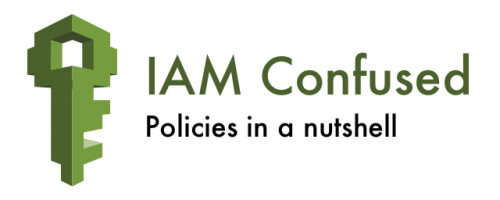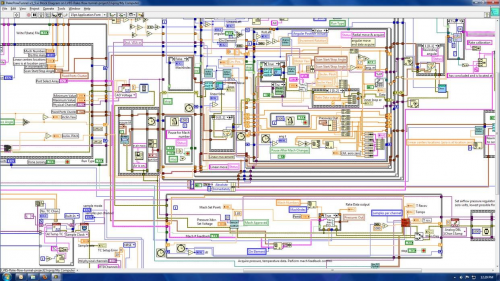“What Comes After SaaS?” is a collection of some interesting thoughts on the evolution of the software industry, its current position and issues, and what’s coming next.
Here are a few bits to get you started:
[T]he easy availability and mass adoption of cloud-based (SaaS) technology makes advanced software systems so much easier/cheaper/faster to build that “value” is rapidly bleeding out of the software stack. Yes, software is eating the world, but software’s very ubiquity is starting to threaten the ability to extract value from software. In other words, the ability to write and deploy code is no longer a core value driver.
And:
In an era of cloud and open source, deep technology attacking hard problems is becoming a shallower moat. The use of open source is making it harder to monetize technology advances while the use of cloud to deliver technology is moving defensibility to different parts of the product. Companies that focus too much on technology without putting it in context of a customer problem will be caught between a rock and a hard place — or as I like to say, “between open source and a cloud place.”
And here’s the best part, talking about Cloud 3.0:
The next chapter of Cloud software will lead to an explosion of new vendors and offerings. But they won’t quite look the same as before — expect lots of point solutions (run by small teams or even individuals) and software as a delivery for more elaborate (e.g. human-in-the-loop) service.
This new way of doing business is still developing rapidly. But here’s a spotting guide to identify this new breed of company in the wild:
Cloud 3.0 Company Differentiators:
- Connect from anywhere: one click auth, integrations with all major platforms with relevant data sources to power the tool
- Open platform: complete developer APIs and export functionality — and maybe even storing core data in one or more other vendors’ systems
- Programmatic use: many happy customers may only ever interact programmatically — no more interfaces, dashboards or logins to remember. Just value and connectivity.
- Clear core value: most companies seem to fit in one or more of the categories below:
One or More Core Value
- I: Best-in-Class Point Solution (e.g. Lead Scoring)
- II: Connectivity Platform — the integrations are the product (e.g. Segment, mParticle, Zapier )
- III: Solution Ecosystem — the core value of product might actually be other developers who happen to deployer or deliver their value through this product’s pipes.
Interestingly, Salesforce — who brought us “The Cloud” — may even be the first major window to what next generation companies look like. After all, one could argue the value to a SMB choosing Salesforce (instead of the many ways to manage sales contacts) has become:
- A standardized schema for CRM data
- Easy integrations with hundreds of other point solutions
- A pool of independent contractors with familiarity of the problem space
We could imagine even faster innovation if only there were a way to establish trust with many remote vendors and workers, each offering the very best point solution in the world. 10 Million “companies” powered by the very best person in the world at their solution. Sounds a little bit like Ethereum and the token-based economy…



